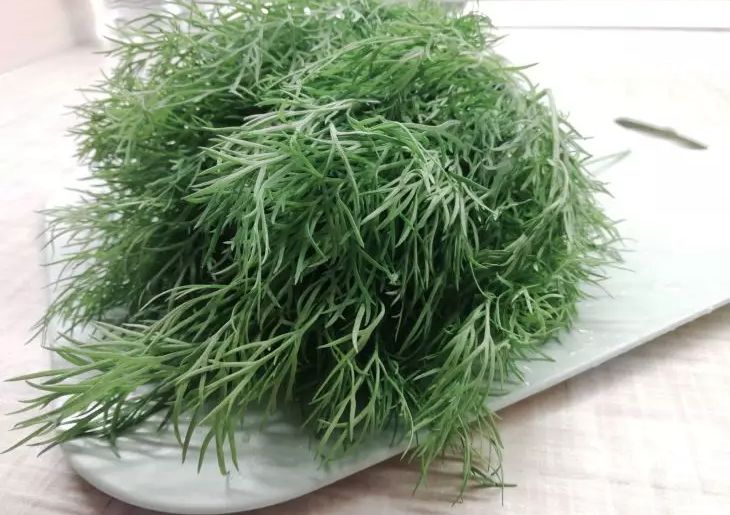What dill asks for if it turns yellow and grows poorly: what should a gardener do?
Many gardeners value dill as a source of vitamins. The greens boast a large amount of vitamin C, as well as B1, B2, PP, P, etc.
Dill is an unpretentious plant and reproduces by self-seeding. However, the plant can give an unpleasant surprise: it can suddenly turn yellow and stop growing.
Reasons for yellowing of dill.
There are several main reasons: improper soil, planting, watering, fertilization, as well as pests and diseases.
Soil
Dill thrives in loose, fertile, neutral soil. The plant grows well in compost-fertilized humus.
In acidic soil, dill will quickly turn yellow, and in alkaline soil, it will turn red.

Acidic soil is deoxidized. Several years before sowing dill, dolomite flour, lime, and ash are added to the bed. When digging, you can add humus, compost, and granular fertilizers.
It is best to sow dill before winter so that in the spring it will have enough moisture from the snow.
Dill is planted in a sunny place where cabbage and onions, garlic and cucumbers grew before. Garlic is not planted in a place where carrots and celery were the predecessors.
